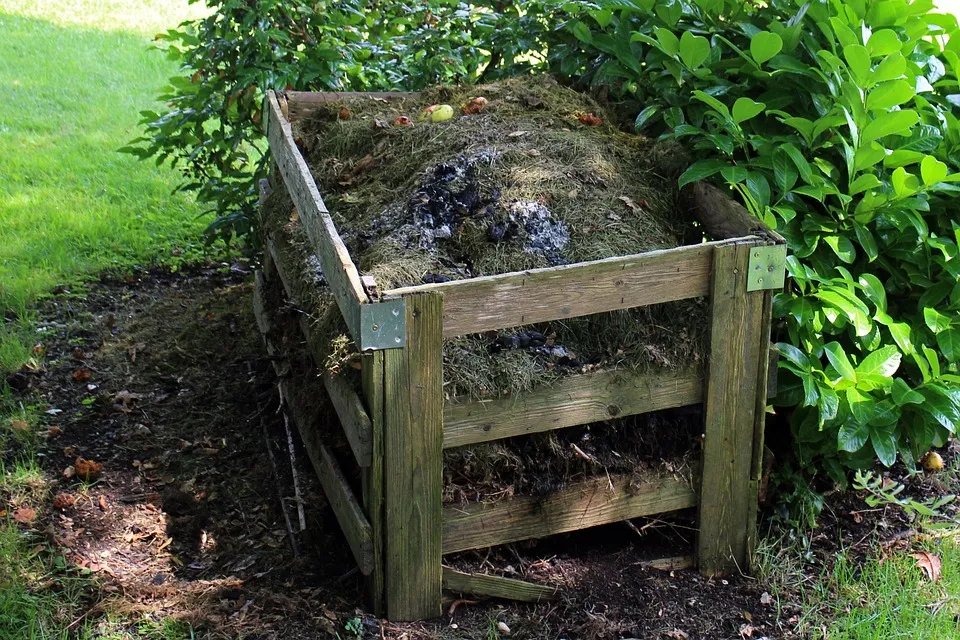Written by:Diomer Antonio Galán Rincón.
Bachelor's Degree.Public Accounting / MSc.Science of Higher Education.

Author: @dgalan, taken with my Samsum J4 phone through Power Point 2010
The continuous use of chemical fertilizers in agriculture and its irrational abuse, although it can enhance the yield of vegetables and other crops, has also contributed to an impoverishment of the different biological characteristics of soils and the multiple damages caused to the environment.
On the contrary, it has been shown that the application of organic fertilizers brings several advantages, achieving chemical and biological fertility of the soil with less impact on the environment.

Image taken from:Pixabay
On the other hand, the costs of organic fertilizer applications per hectare are lower compared to synthetic mineral products, resulting in higher income for production units that can be used in other areas.
According to Jeavons et al. (2006), Biofertilizers are liquid fertilizers with a lot of balanced energy and in mineral harmony, prepared from very fresh cow manure, dissolved in water and enriched with milk, molasses and ash, which has been placed to ferment for several days in barrels or plastic tanks, under an anaerobic system (without the presence of oxygen) and many times enriched with ground rock flour or some mineral salts such as magnesium sulfates, zinc, copper, among others.
For this reason, biofertilizers are inputs formulated with one or several microorganisms, which, in contrast, the nitrogen biologically fixed by the microorganisms is released gradually practically on the surfaces or inside the plants and a small proportion is lost.
The use of biofertilizers in agriculture plays a predominant role in the management of inputs during socio-productive development, because microorganisms provide nutrient availability facilitating higher crop yields.

Image taken from:Pixabay
Accordingly, the agronomic activity through the application of biofertilizers allows the farmer a low-cost production, protects the environment by facilitating soil prevention from the point of view of fertility.
In general terms, it can be said that biofertilizers have a cost for the producer of only 10% of the cost of chemical fertilization, and in most cases should not represent more than 2 to 3% of the cost of production of the crop.
In Venezuela, modern agriculture as a development strategy, promotes the increase of agricultural productivity in harmony with the environment, this model of agriculture motivates the non-use of chemical products such as mineral fertilizers and pesticides, in turn the research and development of alternative products linked to nutrition, has generated a diversity of products with different mechanisms of action.

Author: @dgalan, taken with my Samsum J4 phone through Power Point 2010
The supply of biofertilizers in short-cycle crops is becoming increasingly important from an economic and ecological point of view, and it should also be considered that they act as stimulators or regulators of plant growth, since their development is quite accelerated.
The environmental and socio-productive evaluation leads to new ways to reduce the negative impact on the environment and increase crop yields. Therefore, the large-scale use of biofertilizers in any agricultural production system would bring great benefits without having a detrimental impact on the environment.
I hope you like my article and I would appreciate all your comments.
